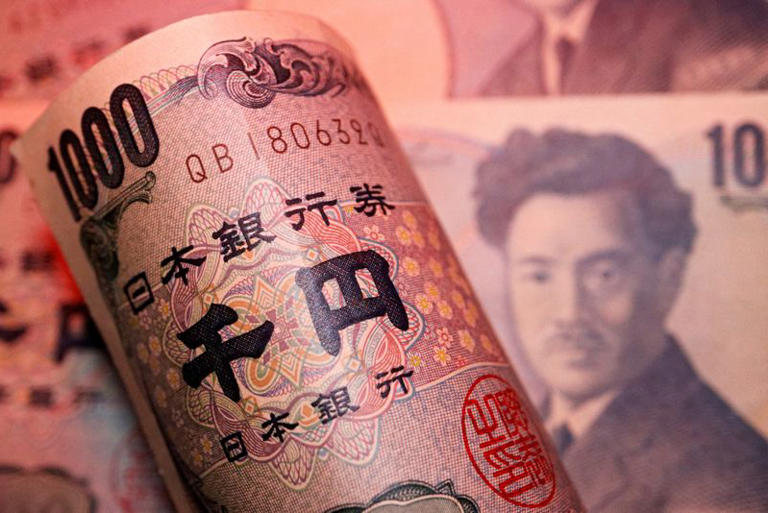Japan is gearing up to release crucial data on Friday, shedding light on its interventions in the foreign exchange market throughout May. These interventions were aimed at shoring up the yen, preventing it from plummeting to new lows against the dollar. While these measures managed to temporarily stabilize the currency, their ability to reverse its longer-term downward trajectory remains uncertain.
Market analysts suspect that Tokyo expended approximately 9 trillion yen ($57.11 billion) on April 29 and May 2 to halt the yen’s precipitous decline, which had brought it perilously close to a 34-year low of 160 yen to the dollar. However, Japanese authorities have remained tight-lipped about the specifics of their intervention tactics, leaving investors speculating ahead of Friday’s data release.
The impending data will provide insights into Japan’s total expenditure on currency intervention from April 26 to May 29. However, a more granular breakdown of daily interventions is anticipated in the data for the April-June quarter, slated for release in early August.
Following its nosedive to a 34-year low on April 29, the yen experienced a modest rebound due to suspected intervention. However, it has since hovered around the 160-yen threshold, a level that is widely regarded as a pivotal point for Japanese authorities, signaling their readiness to intervene further if necessary.
Attention is now shifting to whether Japan will undertake further market intervention, contingent upon various factors including the strength of the U.S. economy, the Federal Reserve’s approach to interest rates, and the Bank of Japan’s monetary policy stance. While Japan has reaffirmed its commitment to counter excessive yen depreciation, U.S. Treasury Secretary Janet Yellen has stressed the importance of limiting intervention to extraordinary circumstances.
Despite past interventions yielding limited success in stabilizing the yen, Japan remains prepared to take decisive action in the market, as underscored by Masato Kanda, Japan’s top currency diplomat. Kanda has reiterated Japan’s willingness to intervene “at any time” to address excessive currency fluctuations. Market analysts posit that Japan may garner support from G7 nations, including the U.S., to intervene again, particularly if the yen experiences sharp movements beyond the 160-yen mark.
As the dollar hovers near 156.850 yen on Friday, market participants eagerly await further developments in Japan’s intervention efforts to stabilize the currency amid ongoing volatility.
